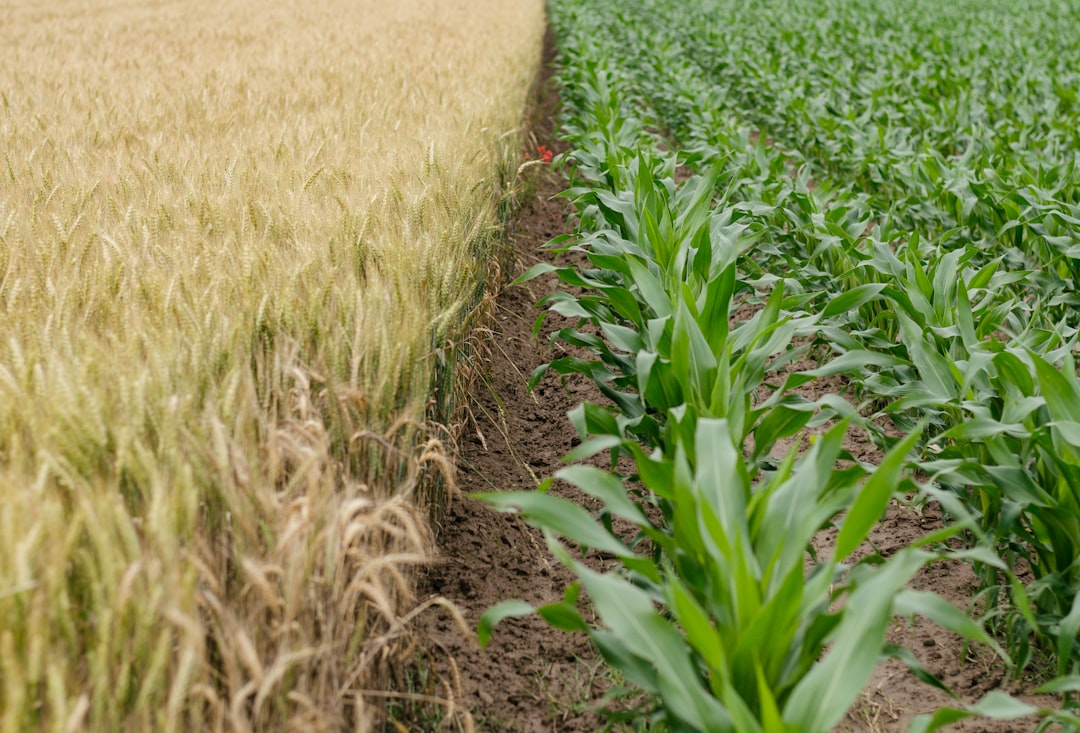What is it about?
The occurrence of the Black-fronted Francolin Pternistis atrifrons is restricted to a tiny area in southern Ethiopia. Based on field studies from 2012 to 2014, we modelled the range and estimated the population size of the species in order to evaluate its current conservation status. Annual mean temperature (relatively low) and precipitation (relatively high) proved to be key factors for the probability of its occurrence. The modelled range is 1,286 km2 (“extent of occurrence” according to the IUCN Red List criteria). However, only about one third of the modelled range is actually populated by the Blackfronted Francolin. This area, around 385 km2, corresponds to the IUCN’s “area of occupancy”. The total population size is estimated at 1,100 to 2,100 mature individuals. Thus, we conclude that the species should be classified as Endangered, criteria: A2c+B1ab(i,iii,v) + B2ab(i,iii,v); population trend: decreasing. This means that the Black-fronted Francolin is one of Africa’s most endangered galliforms. Major threats are range and habitat losses due to agricultural expansion, grazing pressure, commercial firewood and timber exploitation, and hunting. Furthermore, expected climate changes in south-east Ethiopia (higher temperatures, less precipitation) could further exacerbate these threats. We propose urgent conservation actions, including the extension of the currently projected Borana National Park.
Featured Image
Read the Original
This page is a summary of: Evaluating the conservation status of the Black-fronted Francolin Pternistis atrifrons, Bird Conservation International, November 2017, Cambridge University Press,
DOI: 10.1017/s0959270917000363.
You can read the full text:
Contributors
The following have contributed to this page










